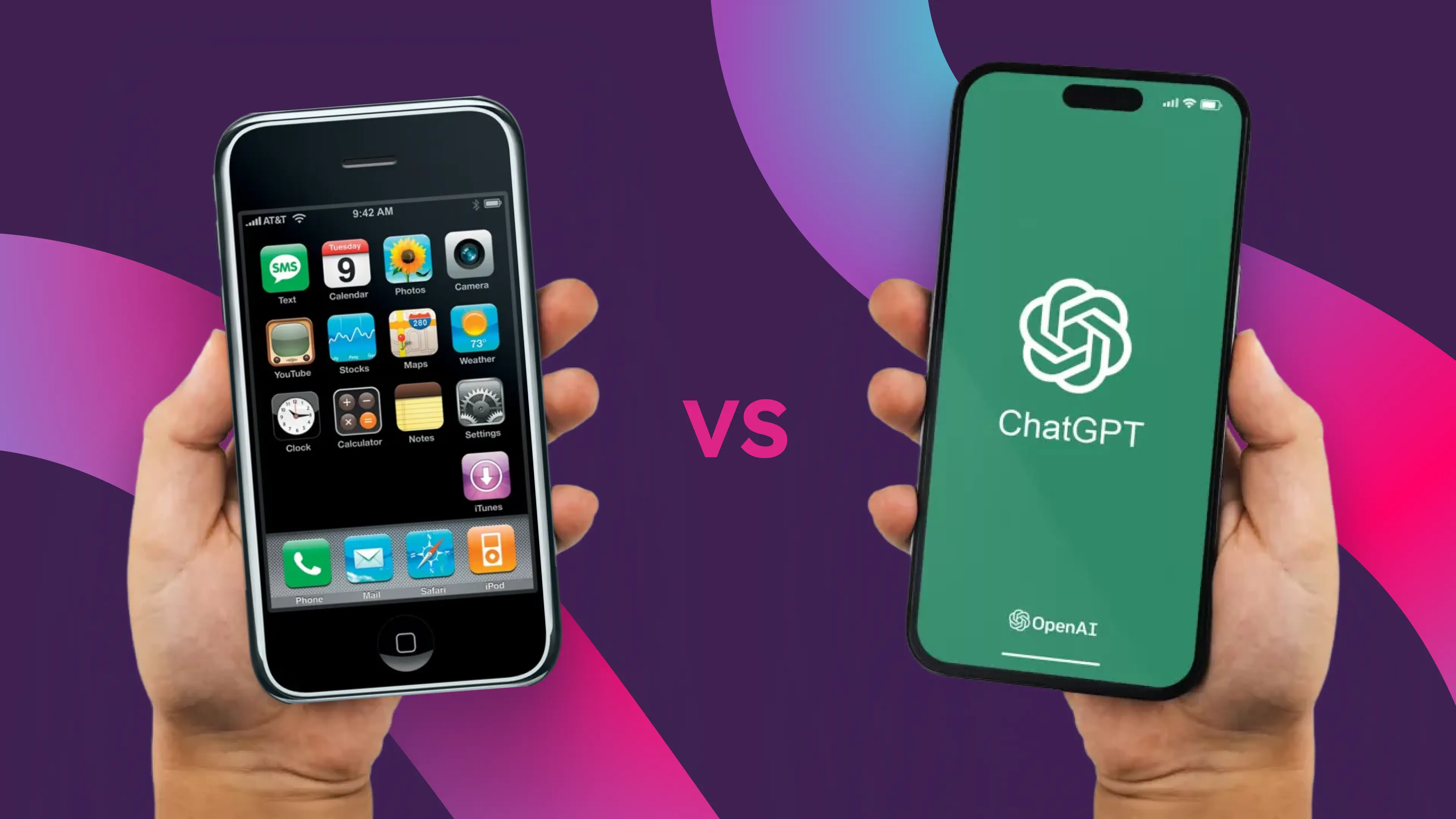
I still remember the buzz. I was working at Westpac in the Digital space when mobile banking apps were just becoming a thing. It was new, it was exciting, and it felt like a genuine leap forward. The idea that you could check your balance, pay a bill, or move money with a few taps on your phone felt almost magical. We were on the edge of something transformative - and we knew it.
The dominant feelings at that time? Possibility and Excitement.
Fast forward to today, and once again, we’re down the path towards a major technological shift. But this time, it feels… different.
Now that I’m on the vendor side of the industry, I’m working with organisations that are exploring - and in many cases rushing to adopt - AI in any way they can. For some, it’s driven by fear of missing out, for others, it’s the concern that if they don’t embrace it, their industry could be left behind. It doesn’t help that it seems that every man and his dog is touting a model, a framework, or a generative use case. From chatbots to copilots to predictive insights, AI is being sold as the answer to everything.
And to be fair, AI does really appear to be one of the most powerful tools out in the wild.
But here’s the thing (well, at least for me): it doesn’t come with the same wide-eyed optimism that mobile banking or the iPhone did.
When Steve Jobs unveiled the iPhone in 2007, the world was captivated. That moment was filled with anticipation, curiosity, and ambition. The iPhone was a symbol of empowerment and creativity. The narrative was simple: "Look what you can do now."
With AI, the tone is more complex. Yes, there’s awe - but it’s laced with apprehension. We’re excited, but we’re also nervous. And increasingly, we’re asking: Just because we can… should we?
I think part of why this feels different is because I’ve had to sit with some uncomfortable questions myself. Not just “what can this technology do?” but “who does it really serve?” and “what risks come with it?” The more powerful the tool, the more important those questions become.
This isn’t the iPhone moment. It’s bigger, stranger, more abstract. And the stakes are higher. That doesn’t mean we should slow down or sit it out. But it does mean we need to move forward with intent. To balance creativity with care. To ask not just what we can do with AI, but what we should do, and for whose benefit.
And yes: I did use AI to help write this. Which, in itself, says something. The tech is already part of how I work, how I think, and how I communicate. The real challenge now isn’t just about what AI will become, but what it will make of us.

